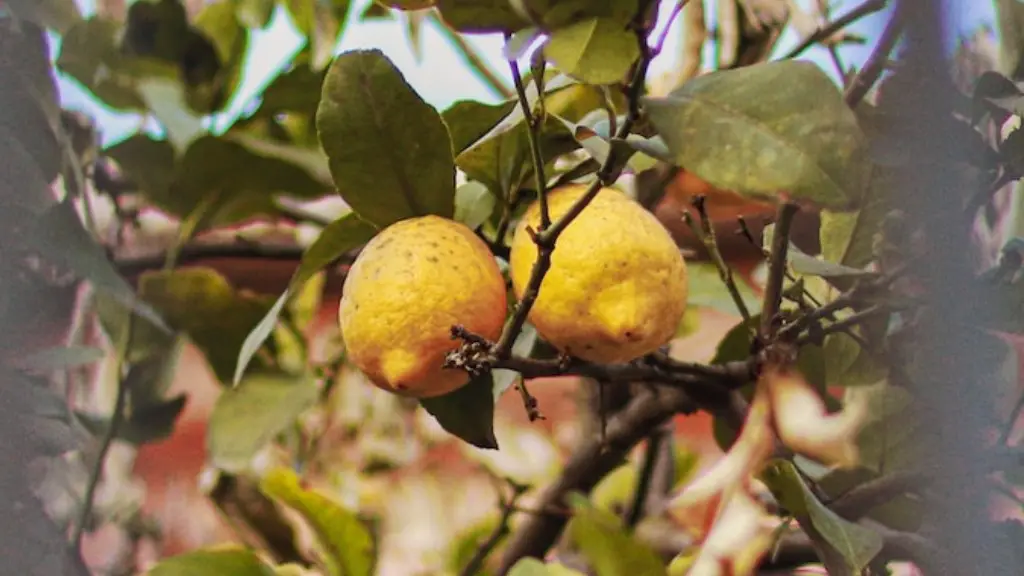Repotting Avocado Trees: The Basics
Avocado trees are a popular choice for gardeners looking to cultivate something beautiful and nutritious. This versatile and resilient tropical fruit tree can only flourish in hot, humid and sunny climates, making them a perfect addition to any gardeners living in the subtropical region. When it comes to keeping your avocado tree healthy, moving it to a larger pot or repotting is sometimes necessary. But how do you know when to do it? In this article, we will teach you the basics of repotting an avocado tree, including when and how.
When To Repot Your Avocado Tree
When determining when to repot, it is essential to consider the health of your tree. A telltale sign that it is time to repot your avocado tree is if the roots are visible through the drainage holes of the original container. In cases like this, the tree is likely pot-bound, meaning it has outgrown the original pot with healthy roots covering the entire surface of the soil. If the roots cannot penetrate through the soil, then a repot is needed, otherwise the tree won’t grow and might even die. Additionally, if you notice the leaves are turning yellow, this could be a sign of an old pot limiting the absorption of nutrients and further growth. Furthermore, an obvious indication is when you observe the tree is too heavily weighed down in the original pot – this is an obvious sign that you need to move up to a larger container.
How To Repot An Avocado Tree
When it is time to repot your avocado tree, it is important to follow the right process. First, use a large container with drain holes and fill it halfway with a mix of potting soil. Once you have your pot ready, you can remove the avocado tree and its root ball from the current container. Gently remove the extra soil and use scissors to trim any extra roots that may have grown outside of the root ball. Place the root ball into the new container and add extra soil to fill the pot. Give your avocado tree water and fertilizer, adding extra soil as needed.
Tips For Repotting
Repotting an avocado tree doesn’t need to be a complex process, but there are a few tips which can make it go a lot smoother. For example, use a well-draining potting soil mix that is specifically designed for warm weather fruits. This guarantees that the plant will be able to get the nutrients it needs and won’t succumb to over-saturated soil conditions. Additionally, make sure to select a pot that is two to three inches larger than its original. This provides enough space for efficient growth, and you want to make sure to keep the pot from getting too big once its fully grown. Finally, to provide optimal root health, rotate the pot at least once a year to prevent your avocado tree from becoming pot-bound again.
When To Not Repot An Avocado Tree
When assessing when to repot, it is essential to understand the signs of when not to do it. It is a common misconception that repotting is beneficial for all avocado trees, but for younger ones it can actually harm them. It is crucial to remember that avocado trees are delicate, and the stress of repotting can send shock waves throughout the entire tree. Thus, it is best to wait at least a full year before repotting your tree, as waiting will allow the roots to become established and the transplant process to become less daunting.
Safety and Health Concerns
One should always wear protective gear when repotting an avocado tree, such as gloves, glasses and long-sleeved clothing. This is because the tree can emit sharp thorns that may cause physical harm while working. Additionally, there is the risk of contracting extremities when working with the soil, as it is difficult to know the bacteria levels of the soil. Therefore, it is advised to wear a mask and clean the pruning scissors in a bleach solution before and after use.
Additional Tips On How To Care For An Avocado Tree
Repotting an avocado tree is only a single step of many to ensure its health and longevity. First and foremost, avocado trees need plenty of sun. During the warmer months, the trees should be placed in a light-shaded spot, where temperatures can reach over 70 degrees Fahrenheit. They also need an even amount of water to prevent over-saturation of the soil and root rot. During the hotter months, avocado tree will require water every day. Additionally, fertilizers can be used to provide extra nutrition to our tree.
Controlling Pests and Diseases
One of the greatest impediments when caring for an avocado tree is the possibility of pests and diseases. To protect your tree, apply neem oil to the leaves to prevent common pests such as thrips and mites. To combat diseases such as leaf spot, it is important to keep leaves and the surrounding area clean. Furthermore, one can further prevent disease by monitoring root rot and taking action in removing any dead or decaying soil.
Maintaining Avocado Trees Over Time
Repotting your avocado tree is an essential maintenance process, but there are other processes to ensure the health of the tree. Pruning is one of the best ways to maintain an avocado tree over time as it can help to keep the plant in an ideal shape and prevent overcrowding of leaves. It is also essential to monitor the soil’s moisture content, as an avocado tree can be damaged due to under or over-watering. Lastly, replenishing the soil with fresh fertilizer and potting soil from time to time can be a great way to ensure the avocado tree is healthy and free from potential problems.

